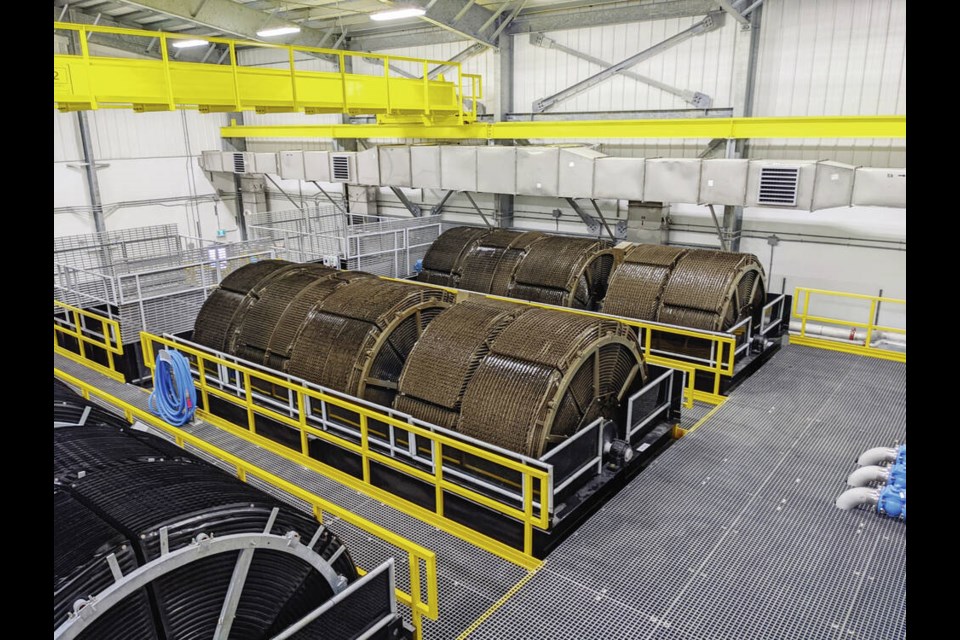The chief of the Ahousaht First Nation says the opening of a new wastewater treatment plant will help protect the environment and seafood sources around the nation’s Flores Island home off Tofino.
The $25-million plant, funded by the federal government, replaces an aging septic-tank treatment system and lift station, as well as an outfall pipe that spilled into a shellfish habitat sensitive to contamination.
The old system did not meet regulatory standards, said Chief John Rampanen.
The new plant is designed provide wastewater collection, secondary biological treatment with disinfection and a marine outfall that meets federal and provincial wastewater regulations.
“As an oceanic people, our marine ecosystem and aquatic food systems are integral and interconnected to our way of life,” Rampanen said in a statement. “The improvements offered through this updated waste water treatment facility will not only sustain our efforts to enhance and protect our environment, it will also greatly improve our quality of life.”
The plant will have the capacity to support 1,300 residents. The community currently has 743 members living on the reserve.
The plant, which includes a new wastewater pump station, force main, operational buildings and marine outfall pipe, will be operated by trained members of the Ahousaht Nation.
Tritech Water Infrastructure Solutions was the main contractor for the project on Flores Island, which is only accessible by air or water.
Tritech supplied and installed all equipment, instrumentation and electrical systems for the construction of the pumping station, two buildings, treatment and sludge-processing equipment, the force mains and outfall pipe.
Indigenous Services Minister Patty Hajdu said wastewater plants play a critical role in community safety through water and environmental management.
This month, Ottawa announced $8.3 million to build a new big house and hall for the Ahousaht Nation. The big house is being designed to provide a safe space for young girls, women and LGBTQ people in Ahousaht.



